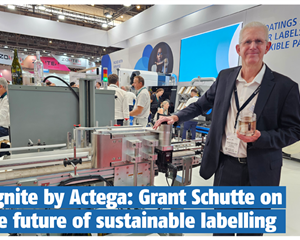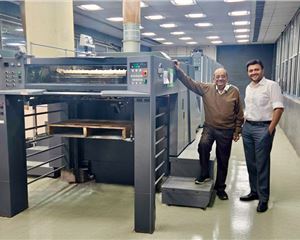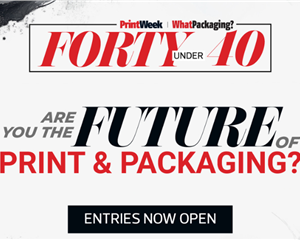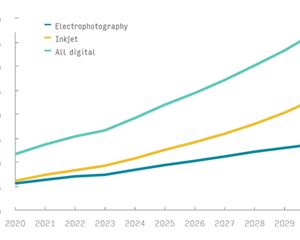Param ERP notches up hundred installations
The Indore-based ERP expert, Param ERP Solutions has notched up a total installation base of 100 in India, 50% of which are basic versions, others being premium and ultimate versions. The highlight in 2014 has been the addition of narrow-web flexo version and ERP for the corrugation industry. The company also recently added CRM to its ERP solution.
14 Nov 2014 | By Sriraam Selvam
“It was necessary for us to participate to consolidate our stronghold in this part of the region and add more clients,” said Vinod Nawab, partner of Param ERP Solutions.
Vinod Nawab (VN) responded to five questions from PrintWeek India's ERP expert Sriraam Selvam (SS).
SS: Why has ‘generic’ ERP failed in India?
VN: In the last few years, with the escalation of demand of ERP in printing sector, there was a boom of service providers. Many ‘generic’ ERP developers started serving those companies, who were looking for customised and specific solution looking to the needs. There were strategic tie-up between printers and developers for support on printing calculations and peculiarities. Those developers were assured of providing solutions for order management, inventory, sales, purchase, logistics, accounts etc but on the estimation part either they encouraged use of Microsoft Excel or they provided linear calculation models. Finally there were two systems running in the same premise one was so called ‘generic’ ERP and another was the Excel sheet system. When Excel was in use, printers didn’t have a history of calculations, quotes, price revisions, operations applied and other variables involved.
SS: What are the compulsions for MIS in the print industry in India?
VN: Enumeration of the needs of the printing companies, including the assessment of the validity of an ERP requires knowledge of printing as well as engagement with processes. The use of multiple contents, handling of printed and imposed sheets, understanding interlocking layouts, grain direction, and importance of margins like bleed, trimming, stripping and gripper are the factors that a software planner should know before designing of MIS. These engagements set the overall direction of MIS and experience in printing provides an effective and thorough procedure to accomplish this. This knowledge sets goals, objectives and critical success factors. This sets the platform for comparing estimated cost and actual cost incurred, set the guidelines for job card and process card, choices of inks for various contents, actual operational cost calculations etc to accelerate benefits and optimising structures. Operational conformation of correct business processes will provide the tangible value of the investment opportunity, through cost reduction, wastage control, and efficient utilization of set up. It also ensures that the estimate is not coloured by the potential conflict agendas of the ERP or implementation service vendors.
SS: How do you view ERP?
VN: ERP resources are costly and specialised. Availability is constrained because of technical inputs in printing and getting the best value for the right price is difficult. Sometimes the in-house IT personnel and purchasing departments frequently lack the knowledge and expertise to find, evaluate the right choice of printing MIS and cleanly engage / disengage the ERP contract personnel.
SS: Why ‘Generic’ when a dedicated Print MIS is available?
VN: We have observed cases, in which ‘generic’ ERP development companies were preferred on grounds of better report formats, larger base of installations, software development strengths and support history. These development companies claimed to design package, even no one in the team was having any background of printing knowledge. In this situation ‘generic’ ERP didn’t full fill 100% requirements of the presses like bypassed estimation on multiple quantities, keyline diagrams, estimation of Ink cost on the basis of substrate and quality of ink, impositions and number of printing sets, actual calculation of cost of operations etc.
SS: Why so?
VN: There are some operations like folding, perfect binding, wire-o-binding, spot varnishing, lamination, die cost calculation, cost of adhesives and films etc, in which the software planner cannot apply linear Excel like calculations. These type of software cover 70-80% of total business operations in the organisation. And so from very first day, there is a parallel working in practice on the Excel sheet to complete the business cycle. This compromise doesn’t help during audit and the company's operations remain paralysed.
Param ERP provides support for those who need to submit tender or quotation for whole range of company products for approval. Param ERP is available in three versions – basic, premium and ultimate. It has a web integration tool and CRM as optional modules.












 See All
See All